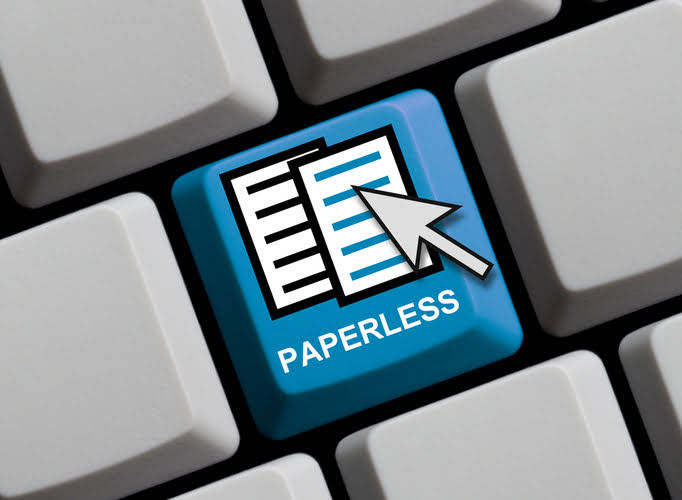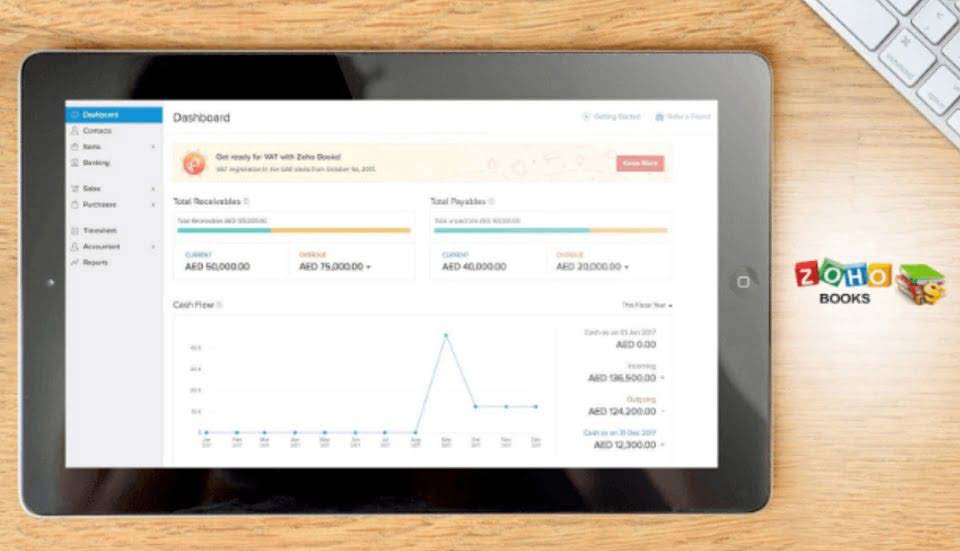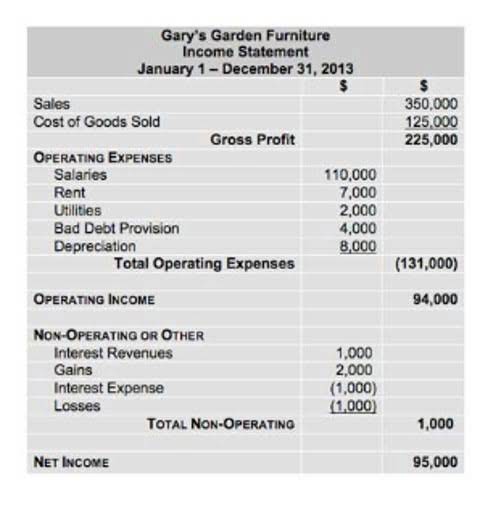Even though you don’t actually spend anything on this account, the expenses reduce the overall income on the books. My client has a new CPA this year, and he will calculate depreciation on a go forward basis. The former accountant did do depreciation on the vehicle in 2021, and recorded a gain/loss on the trade in of a previous vehicle. In the above example, we are increasing, or crediting, the loan/liability account and increasing, or debiting, the appropriate asset account. It is important to note that the journal entry for the purchase of a motor vehicle should be made on the date of purchase and should include detailed information. Every loan journal entry adjusts the value of a few account categories on the general ledger.
As that reduces the value of the asset, you have to make more journal entries. If the truck lost $2,500 by the end of the year, you’d debit depreciation expense and credit accumulated depreciation to record the change. To record a loan for purchasing new assets (car, truck, etc.), you’ll first need to set up a liability account. If you are buying a truck, for example, you might create an account called “Loan – Truck”. Depending on the repayment time frame, choose either Current Liability (to be paid in full within one year) or Long-term Liability (to be repaid over more than one year).
You can call the lender to verify the amount of principal and interest owed at a specific date and then compare the amounts to the balances in your general ledger accounts. The entry should be made at the time of purchase and should include the details of the motor vehicle purchased. All of these considerations should be taken into account when a company is planning to purchase a motor vehicle.
Purchase Of Motor Vehicle Journal Entry
So I shouldn’t post the total amount of interest this year, should I ? In QuickBooks Online, you can easily record the loans, assets bought with the loans, loan payments, and depreciation of the assets. If one business is low on funds the owner might use funds from the other business bank account to pay bills due to stakeholders (vendors) or for other expenses. A car is an asset so the journal entry for it will be similar for the purchase-via-loan of other assets like workshop equipment. When you use bookkeeping software you don’t usually see the automatic journal entries that happen in the “background” when reconciling your bank accounts. Depreciation expense goes on the income statement for the relevant accounting period.
For the past 52 years, Harold Averkamp (CPA, MBA) has worked as an accounting supervisor, manager, consultant, university instructor, and innovator in teaching accounting online. He is the sole author of all the materials on AccountingCoach.com. I am using this article by Stambaughness.Com for the basis of a PPP loan forgiveness, but these examples will work with most any type of loan forgiveness.
What does a loan journal entry do?
Interest that will occur in the future is not recorded at the time of the purchase. The reason is that the interest is not owed as of that date. The loan will offset the Accounts Payable and you will monitor the balance owing through the loan liability account, not through the accounts payable account. These car journal entries are for a vehicle costing $15,000 and for a loan of 5 years at 12% with fortnightly payments – calculated using the same Loan Amortization template mentioned above.
- Depending on the type of ledger account the bookkeeping journal will increase or decrease the total value of each account category using the debit or credit process.
- The balance in the liability account Interest Payable should agree with the interest due as of that date.
- The former accountant did do depreciation on the vehicle in 2021, and recorded a gain/loss on the trade in of a previous vehicle.
- If one business is low on funds the owner might use funds from the other business bank account to pay bills due to stakeholders (vendors) or for other expenses.
- You should show the repayment and interest values separately.
Before you record the loan, you must create additional ledger accounts. Note that the following instructions only cover the basics on how to set up loans for assets. Many things are taken into https://www.online-accounting.net/accounts-receivable-ledger-accounts-receivable/ consideration when assessing the original value of a purchase, such as trade-in, down payment, fees, taxes, and so on. Consult with your accountant about how to account for these variables.
Intercompany Everyday Expenses
Any cash payments that exceed the amount of interest owed at the time of the payment should be debited to Notes Payable. The balance in the liability account Notes Payable should agree with the principal balance owed to the lender. The balance in the liability account Interest Payable should agree with the interest due as of that date. The initial journal entry for the purchase of a fixed asset on credit is just step one in dealing with the new motor vehicle in accounting.
Example of a New Vehicle Purchase
I appreciate you for always sharing your knowledge about QuickBooks. This will definitely help other users as well in the future. These are purely fictional names not based on any real business that I know about. The figures from the above examples are based on the figures in the Loan Amortization image in the nextsection about loan interest.
If you signed a promissory note for a loan, you record the amount as notes payable. Whenever you pay down the principal, you debit notes payable and credit the cash account. The company needs record fixed assets as soon as the it is ready for use and the cost is able to quantify. The journal entry is debiting motor vehicle $ 35,000 and credit cash $ 35,000.
The aim here is to move the loan away for the full $3,000 from the balance sheet liability to Other Income on the Profit and Loss. My example is for a loan of $3,000 which was originally allocated to the Loan liability account. This example is based on the purchase of a car from a car sales business, delivery docket ocr and automated workflows which business signs you up with a loan provider. They will give you an invoice for the car and documents for the loan so you can get the information you need from those documents. If you use a schedule like this, compare it to your loan account each month to ensure it is tracking as expected.



Recente reacties